Meet the Team, Understand the Process
We also have offerings in: Adelaide, Hobart, Cairns, Newcastle, Townsville, Parramatta, Sunshine Coast, Canberra, Bondi, Wollongong, & Geelong.
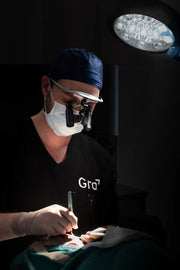
Hair restoration is becoming more common in Australia, but not all providers meet the same medical standards. In this article, Dr Anwar from Gro Clinics Sydney explains the key red flags to look for when choosing a hair transplant clinic—so you can make a safe, informed decision.
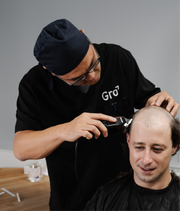
Considering hair restoration? In this edition of Hair Loss 101, we walk you through what to expect before, during, and after a procedure at Gro Clinics, using our refined approach to follicular unit extraction (FUE) with a focus on precision and comfort.
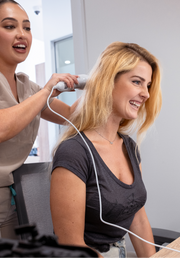
Ever wondered what’s really happening on your scalp? Hair doesn’t just grow—it cycles. In this edition of Hair Loss 101, we break down the science behind the four distinct stages of hair growth and why understanding them is essential to managing hair thinning or loss.
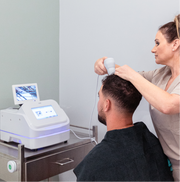
The Norwood Scale, also known as the Norwood-Hamilton Scale, is the standard classification system for male pattern hair loss. Whether you're just starting to notice thinning or exploring hair restoration options, understanding the scale is a helpful first step. Here's everything you need to know.
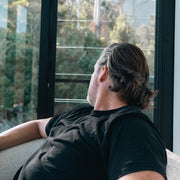
A balanced diet plays a critical role in maintaining overall health—including the health of your hair and scalp. Nutritional deficiencies can impact the normal hair growth cycle, contributing to ex...

One, two, three, one, two, three, wash. How often should we really be washing our hair? Between how sensitive hair can be, and how easy it is to under-or overdo washing, we decided to deep dive int...

In 2014, Gro Clinics opened its first hair transplant clinic in Sydney, aiming to change how Australians approach hair restoration. With one doctor and one nurse, our mission was clear: deliver ethical, medically guided care for hair loss. Today, that mission continues - across a national network of doctor-led clinics in Australia and New Zealand.

Over the past decade, Gro Clinics has grown from a single clinic to a network with locations in Sydney, Melbourne, Brisbane, Perth, the Gold Coast, and Auckland. Each clinic offers in-person consultations and assessments, providing personalised recommendations based on each client’s goals and medical needs.

Ever wondered what’s really happening on your scalp? Hair doesn’t just grow—it cycles. In this edition of Hair Loss 101, we break down the science behind the four distinct stages of hair growth and why understanding them is essential to managing hair thinning or loss.
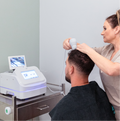
The Norwood Scale, also known as the Norwood-Hamilton Scale, is the standard classification system for male pattern hair loss. Whether you're just starting to notice thinning or exploring hair restoration options, understanding the scale is a helpful first step. Here's everything you need to know.

A balanced diet plays a critical role in maintaining overall health—including the health of your hair and scalp. Nutritional deficiencies can impact the normal hair growth cycle, contributing to ex...

One, two, three, one, two, three, wash. How often should we really be washing our hair? Between how sensitive hair can be, and how easy it is to under-or overdo washing, we decided to deep dive int...

In 2014, Gro Clinics opened its first hair transplant clinic in Sydney, aiming to change how Australians approach hair restoration. With one doctor and one nurse, our mission was clear: deliver ethical, medically guided care for hair loss. Today, that mission continues - across a national network of doctor-led clinics in Australia and New Zealand.

Over the past decade, Gro Clinics has grown from a single clinic to a network with locations in Sydney, Melbourne, Brisbane, Perth, the Gold Coast, and Auckland. Each clinic offers in-person consultations and assessments, providing personalised recommendations based on each client’s goals and medical needs.
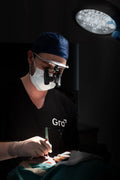
Hair restoration is becoming more common in Australia, but not all providers meet the same medical standards. In this article, Dr Anwar from Gro Clinics Sydney explains the key red flags to look for when choosing a hair transplant clinic—so you can make a safe, informed decision.
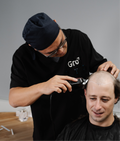
Considering hair restoration? In this edition of Hair Loss 101, we walk you through what to expect before, during, and after a procedure at Gro Clinics, using our refined approach to follicular unit extraction (FUE) with a focus on precision and comfort.
Cookie policy
We use cookies and similar technologies to provide the best experience on our website. Refer to our Privacy Policy for more information.
Your cart is empty
Continue shoppingHair Transplants, Performed Across Australia
A Decade of Doctor-Led Hair Transplants in Australia
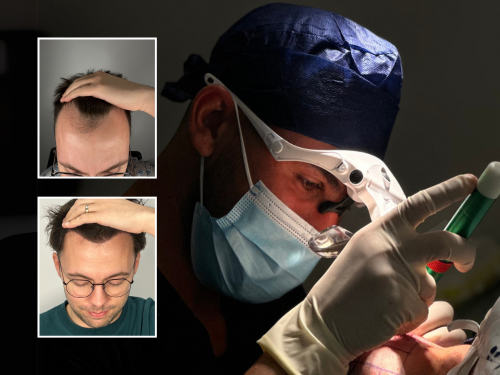
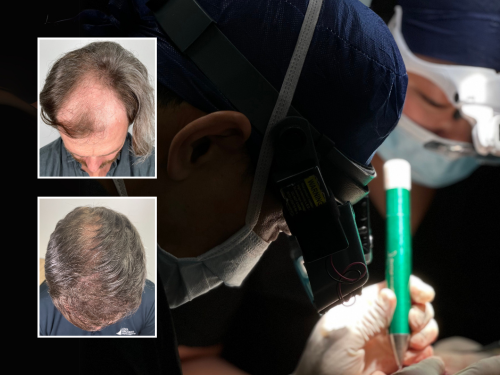
AU & NZ Trained Doctors
Over 35M+ hairs implanted
Doctor-led Clinics across AU & NZ
Payment Options Available, Eligibility criteria apply*
FUE Procedure Performed by Our Medical Team
Over 100+ Procedures performed monthly
Clinics in major cities - no travel overseas needed
AU & NZ Trained Doctors
Over 35M+ hairs implanted
Doctor-led Clinics across AU & NZ
Payment Options Available, Eligibility criteria apply*
FUE Procedure Performed by Our Medical Team
Over 100+ Procedures performed monthly
Clinics in major cities - no travel overseas needed
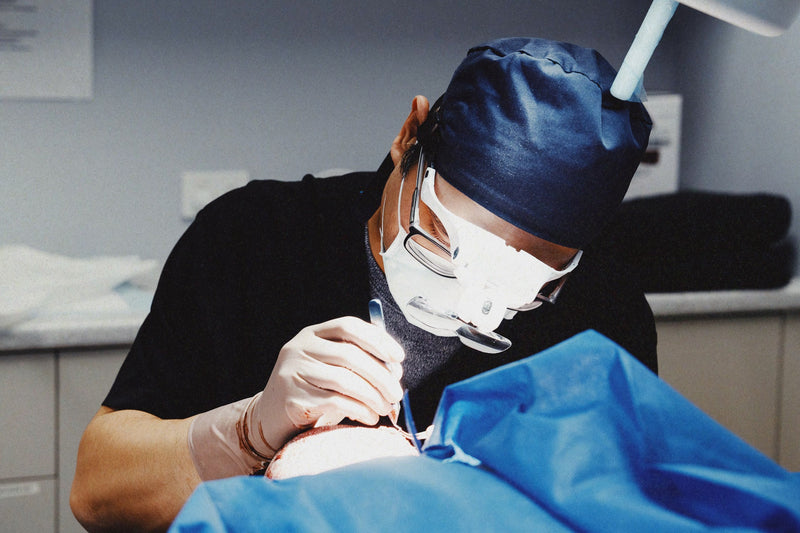
Why Australians Choose Gro Clinics for Local Hair Restoration
Hair loss is personal and so is your treatment at Gro. Our team uses medically guided hair transplant techniques to help restore your hair with care and precision.
With thousands of procedures performed across Sydney, Melbourne, Brisbane, Perth, Gold Coast and Auckland, Gro offers doctor-led care at every stage. The majority of our procedures are performed by registered doctors, with some clinics offering treatments by trained nurses under doctor supervision.
Experience local care, transparent pricing, and clinical guidance every step of the way.
This is additional information that appears when you click the info icon. You can add multiple sentences here to provide more detailed explanations about your doctors or services.
Understanding Our Hair Transplant Technique.
At Gro Clinics, hair transplants are doctor-led and performed predominantly by registered medical practitioners. In select clinics, procedures may be carried out by trained nurses, always under the supervision of a doctor.
We follow a refined FUE-based technique focused on precise follicle placement, designed to match your natural hair pattern. [TIP]
Our procedures are based on Follicular Unit Extraction (FUE), where individual hair follicles are taken from a donor area and placed into areas affected by hair loss.
Each procedure is carefully planned to align with your existing hair angle, direction and density. Treatments are conducted in-clinic, typically completed in one day, and use local anaesthetic for your comfort.
Disclaimer: All medical procedures carry risks. Results vary from person to person. Please consult a medical professional to assess your suitability.
Gro’s medical and clinical teams undergo structured, in-clinic training designed to meet consistent clinical standards across all locations. Our doctors and nurses complete hands-on education before performing or assisting in procedures.
This training is continuously updated to reflect medical best practices in hair restoration.
Most patients return to work or daily activities within a few days. Common short-term effects include redness, swelling or temporary shedding in the weeks post-treatment. Aftercare support and recovery instructions are provided to guide you through every stage.
Hair transplants involve relocating your own follicles to thinning areas. Over time, these follicles produce new hair that blends with your existing pattern.
Our goal is to support natural-looking density and personalised outcomes. Every result is unique and influenced by individual factors including hair type, overall scalp condition, and adherence to aftercare.
Disclaimer: Individual outcomes vary. No guarantee of specific results can be provided.
Your Hair Restoration Journey, Made Simple
Supportive guidance. Personalised options. Nationwide access.
1. Simple Booking
Book your 15-minute discovery call online or over the phone - choose a time that suits you. Our experienced team is here to answer your questions and help you understand what to expect.
2. In-Clinic Assessment
If eligible, you’ll be invited for an in-clinic assessment, including a scalp evaluation and discussion of suitable treatment pathways.
3. Personalised Solutions
We’ll guide you through the next steps and available options. Procedures and prescriptions are only provided after clinical assessment and doctor oversight.
REAL RESULTS
More than 10,000+ Aussies have chosen Gro for their hair restoration journey.
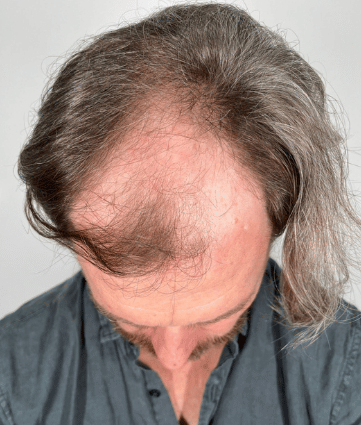
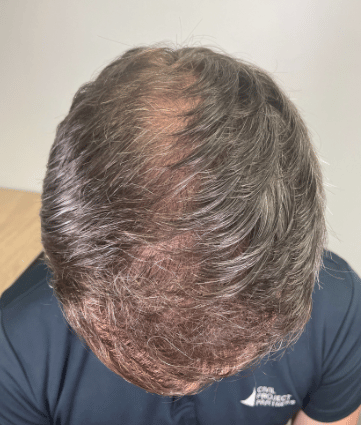
Disclaimer: Individual results vary. Images do not guarantee outcomes. All medical procedures carry risk. Please consult a registered health practitioner to assess your suitability.


Disclaimer: Individual results vary. Images do not guarantee outcomes. All medical procedures carry risk. Please consult a registered health practitioner to assess your suitability.
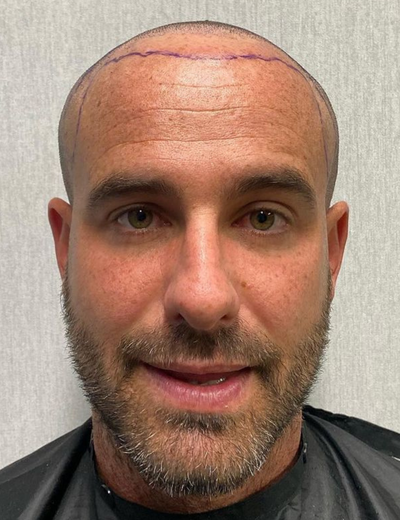
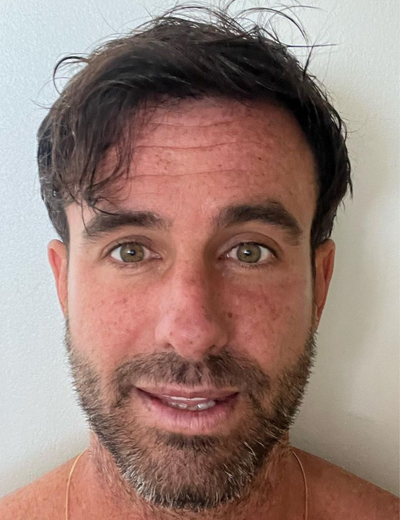
Disclaimer: Individual results vary. Images do not guarantee outcomes. All medical procedures carry risk. Please consult a registered health practitioner to assess your suitability.
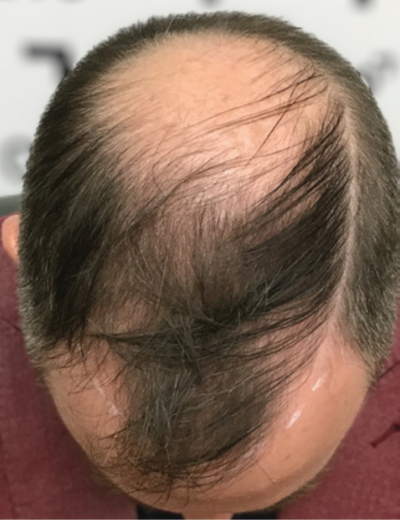
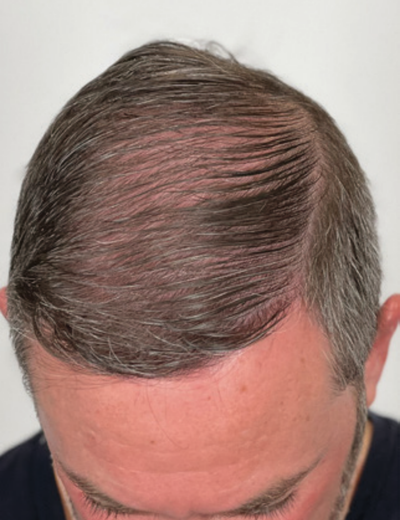
Disclaimer: Individual results vary. Images do not guarantee outcomes. All medical procedures carry risk. Please consult a registered health practitioner to assess your suitability.

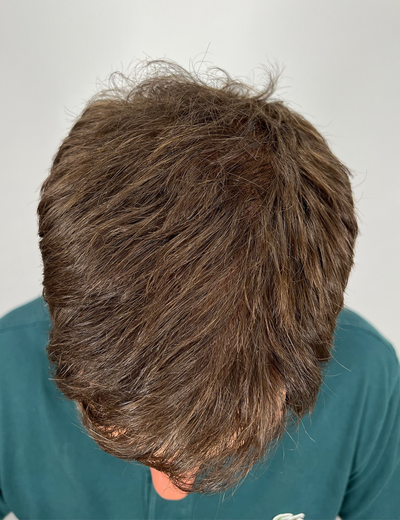
Disclaimer: Individual results vary. Images do not guarantee outcomes. All medical procedures carry risk. Please consult a registered health practitioner to assess your suitability.
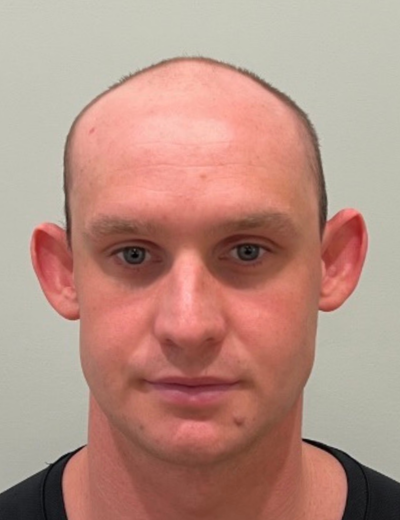
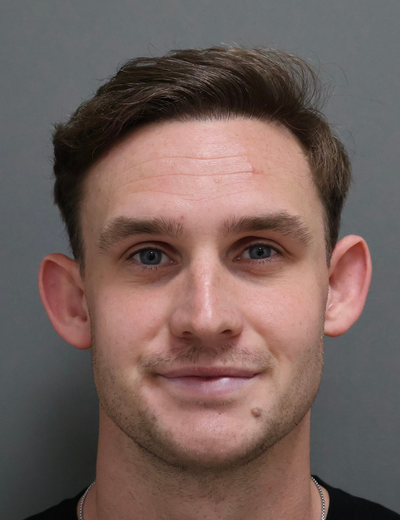
Disclaimer: Individual results vary. Images do not guarantee outcomes. All medical procedures carry risk. Please consult a registered health practitioner to assess your suitability.
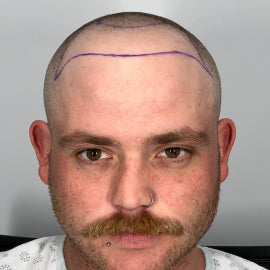
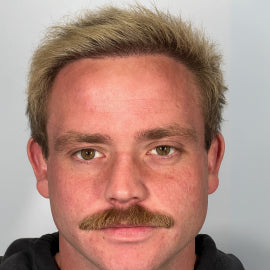
Disclaimer: Individual results vary. Images do not guarantee outcomes. All medical procedures carry risk. Please consult a registered health practitioner to assess your suitability.
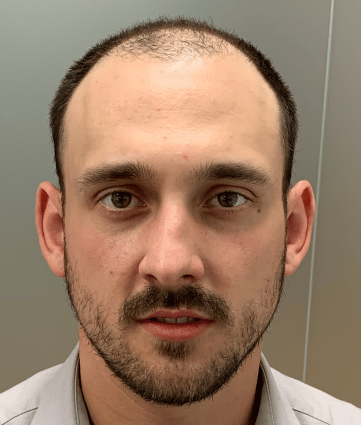
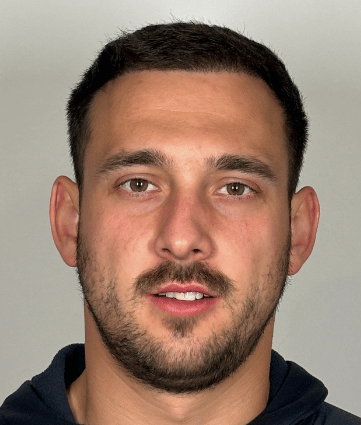
Disclaimer: Individual results vary. Images do not guarantee outcomes. All medical procedures carry risk. Please consult a registered health practitioner to assess your suitability.
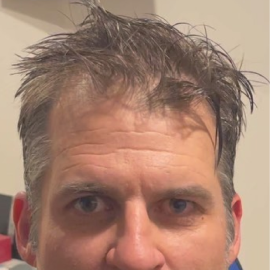

Disclaimer: Individual results vary. Images do not guarantee outcomes. All medical procedures carry risk. Please consult a registered health practitioner to assess your suitability.


















Payment Plans
We understand cost matters, here's how we can help.
Hair restoration procedures vary in cost depending on individual needs and clinical recommendations. Gro Clinics offers flexible payment options for eligible patients, with all treatments subject to medical assessment and approval. [TIP]
Gro Clinics works with TLC to offer flexible payment terms. Our internal team can assist you in exploring up to 9 available funding lines.
Eligibility criteria apply. Lending is subject to third-party approval. Your consultant can walk you through available options and help you apply.
We've partnered with Humm90 to offer interest-free payment plans. These may allow you to spread out the cost of hair transplant procedures over time.
Approval is subject to Humm90's terms, fees, and conditions. Speak with a consultant to learn what's available and how to apply.
We've partnered with award-winning finance provider Handypay, so that you can access a simple, affordable payment plan and get your treatment started today.
To be eligible for a Handypay payment plan you must:
- Be 18 years of age or older
- Be a citizen or permanent resident of Australia
- Have no outstanding or unpaid defaults
- Have no history of bankruptcy, nor be party to court judgment
- Not be in hardship with a different financial provider
- Have a regular income via active employment, whether employed or self-employed
- Meet Handypay's credit eligibility criteria
You may be eligible to access your superannuation early to help cover upfront treatment costs. This option is facilitated through a third-party provider.
Eligibility is determined by the ATO under compassionate grounds. A one-off $980 setup fee applies. Your consultant can help guide you through the process and assess if you're eligible.
The Journey
What You Can Expect from a Hair Transplant with Gro
Below is a general overview of how recovery and regrowth may progress after a hair transplant with Gro Clinics. This timeline is based on clinical observations. Outcomes and timelines vary between individuals. [TIP]
This timeline is a general guide based on clinical observations. Every person’s recovery and results vary depending on individual factors. Images are for illustrative purposes only and do not guarantee outcomes. All medical procedures carry risk. Always consult a qualified healthcare provider before making any treatment decisions.
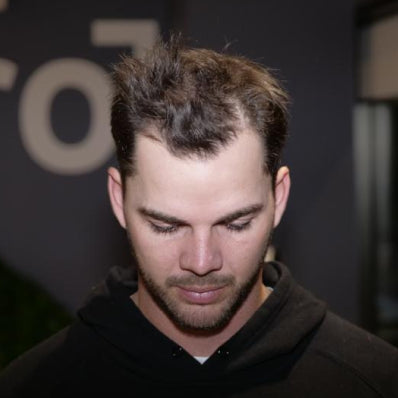
Personalised Planning
0 months
- Start with a discovery call to discuss your goals and learn more about available services.
- Attend an in-clinic consultation to review your hair concerns and treatment options.
- On the day of your procedure, meet with your doctor to finalise your personalised plan, confirm medical suitability, and walk through what to expect.
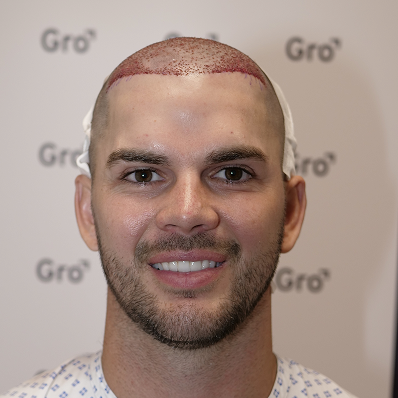
Recovery Phase
0–3 months
- Temporary redness, swelling or itchiness may occur and typically settles with time.
- Shedding is expected as part of the natural hair cycle.
- Follicles begin to stabilise beneath the surface.
- In some cases, early growth activity may be visible.
- You’ll receive detailed aftercare instructions and follow-up check-ins.
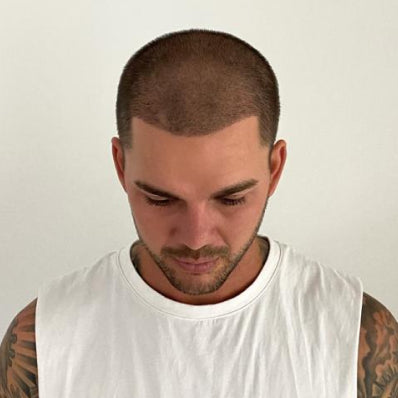
Growth Phase
3–6 months
- Individuals may begin noticing early signs of hair growth.
- Hair may appear finer or lighter at first and gradually mature in texture.
- Density and coverage vary depending on individual factors.
- Maintaining scalp health through recommended care can support the process.
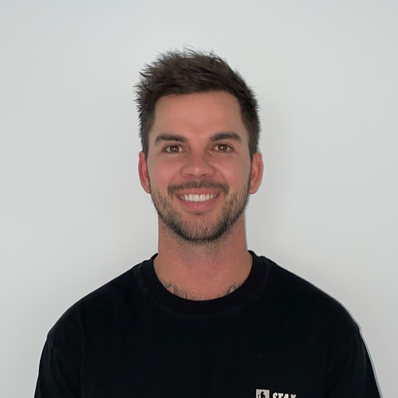
Final Results Phase
6–18 months
- Hair typically continues to thicken and gain texture over time.
- Visible changes may occur for some people around the 6-month mark.
- Final outcomes depend on factors like genetics, age, lifestyle and adherence to aftercare.
- Ongoing follow-up and consistent haircare may help support long-term results.
Doctor Insights
Hairline Design
i These videos are for general informational purposes only. They do not constitute medical advice or guarantees of outcome. All procedures carry risk. Individual results will vary. Speak with a qualified healthcare professional to assess your suitability.Nurse Insights
Causes of Hair Loss
i These videos are for general informational purposes only. They do not constitute medical advice or guarantees of outcome. All procedures carry risk. Individual results will vary. Speak with a qualified healthcare professional to assess your suitability.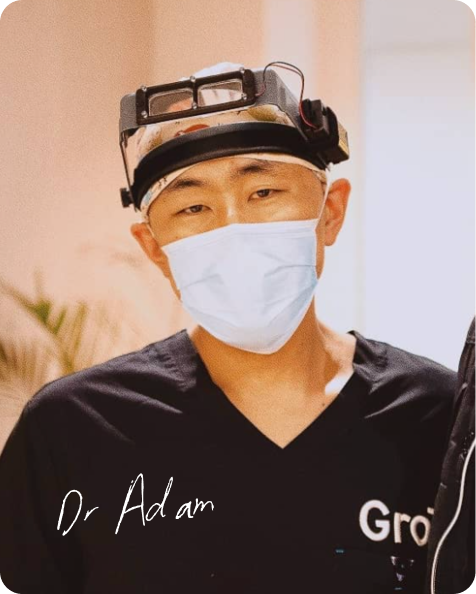
Doctor Insights
Answering Your Questions
i These videos are for general informational purposes only. They do not constitute medical advice or guarantees of outcome. All procedures carry risk. Individual results will vary. Speak with a qualified healthcare professional to assess your suitability.Behind the scenes
Hair Transplant Overview
i These videos are for general informational purposes only. They do not constitute medical advice or guarantees of outcome. All procedures carry risk. Individual results will vary. Speak with a qualified healthcare professional to assess your suitability.REAL CLINICS. REAL DOCTORS. NEAR YOU.
Visit a Gro location for in-person support.
Gro operates private clinics across Australia & NZ in Sydney, Melbourne, Brisbane, Gold Coast, Perth, & Auckland, where medical procedures are performed or overseen by registered doctors. You can attend an in-person appointment to discuss your options in a professional, clinical setting.
Ready to visit your nearest clinic?
LOOKING FOR ANSWERS?
Here's everything you need to know
Have any additional questions about Gro Clinics' offerings or about your upcoming hair transplant? We have answers to some of the more commonly asked questions below:
Answers are general in nature and don’t replace medical advice. Outcomes vary.
Costs & Payment
How much does a hair transplant cost at Gro?
Pricing depends on the number of grafts, your goals, and your clinical suitability. Hair transplants generally start from around $8,000. Your consultant will provide a tailored quote after assessment.
Can I pay for my hair transplant in instalments?
Yes. We offer flexible payment options through third-party finance providers. Conditions apply, and eligibility can be discussed with your consultant.
Can I use my super to fund my hair transplant?
Early release of superannuation is possible under ATO compassionate grounds. Our team can help connect you with a third-party facilitator. A one-off setup fee applies. Eligibility depends on your situation.
Understanding the Procedure
What is a hair transplant?
A hair transplant involves moving healthy hair follicles from one area of the scalp to another. At Gro, this is done using a technique called Follicular Unit Extraction (FUE), performed or overseen by registered doctors.
How does a hair transplant work?
Hair follicles are extracted from the donor area and carefully implanted into areas of thinning or loss. Gro’s method uses precision tools and our internal follicle placement technique.
Is a hair transplant permanent?
Transplanted follicles are intended to be long-lasting. However, results vary and ongoing hair loss in untreated areas can occur. A clinician can guide you on expectations during your assessment.
Treatment Options
What other treatments do you offer besides hair transplants?
- Prescription haircare (following clinical approval)
- Growth Factor Therapy (e.g. PRF)
- Low-Level Light Therapy (LLLT)
- Deep scalp cleansing treatments
- Home-use support products
Am I eligible for a hair transplant?
Eligibility depends on the cause and stage of your hair loss, your general health, and clinical suitability. A consultant can guide you through next steps.
Recovery & Results
How long does it take to recover from a hair transplant?
Mild redness, swelling or sensitivity may occur for a few days. Most people return to routine activities within 1–5 days. Your care team will provide personalised recovery guidance.
How long does a hair transplant take to work?
Hair growth varies. Many clients notice shedding in the first few weeks, followed by gradual regrowth from 3 to 6 months, with more visible changes by 12 months. Individual results vary.
Is a hair transplant painful?
The procedure is done under local anaesthetic. Most clients report only mild discomfort. Any post-procedure sensitivity is temporary and part of the normal healing process.
Why Gro Clinics?
What makes Gro different?
Gro offers:
- In-person clinical assessments
- Doctor-led or supervised procedures
- Nationwide clinic access
- A focus on medically guided, ethical care
Your treatment plan is personalised and guided by clinical protocols.
Where are Gro Clinics located?
We operate clinics in Sydney, Melbourne, Brisbane, Gold Coast, Perth, & Auckland. Teleconsultations are also available where needed.
Ready to explore your options?
If you're considering hair restoration, you can book a 15-minute phone call with a trained Gro Clinics consultant.
We'll walk you through the process, answer general questions, and explain next steps if you're interested in an in-clinic assessment. This call is for general information only and not a medical consultation.
Prefer a phone call?
CALL US INSTEADPrefer a phone call?
CALL US INSTEAD